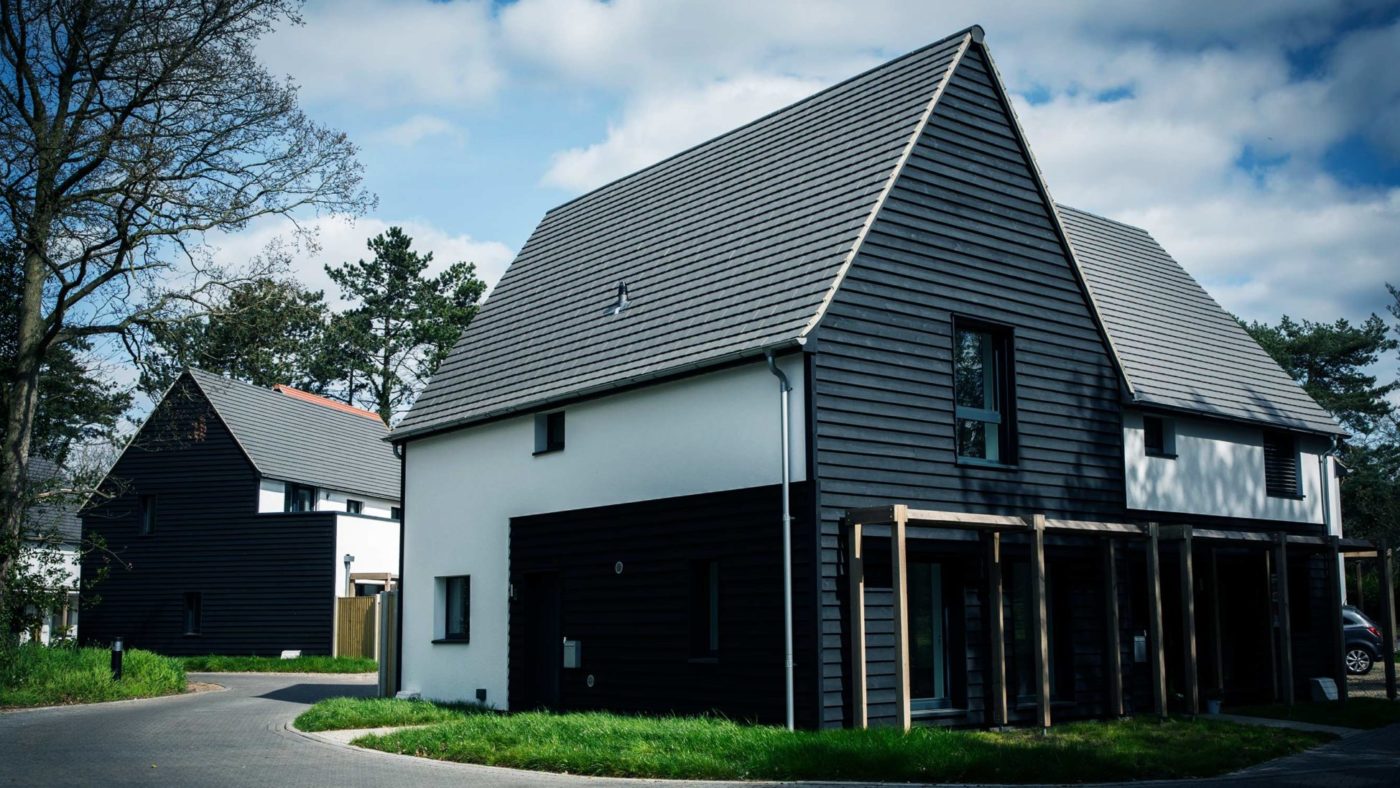Britain’s housing crisis is uniquely severe. We build houses more slowly than anyone else, we have seen a fastest house price rise than any developed country, and our homes are the most expensive houses compared to the average salary.
Quite a record.
Britain’s unique inability to build houses and our unrivalled centralisation is not a coincidence.
After expanding during the War, the government then did two broad things to the housing market. First, it drastically restricted the supply of land, banning house-building in key areas; second, it centralised taxation – an extraordinary 95 percent of the tax take now goes to central government.
The result is that, outside a green belt where housebuilding is almost impossible, local governments still have little incentive to let it happen, getting relatively limited financial benefit from new residents. That means only a few big housebuilders can get through the lengthy and adversarial planning processes that result. The outcome is identikit housing – and then an inevitable resistance by residents to housebuilding in general.
Whitehall has effectively nationalised land use rights, but state planners also decided that they should design housing itself. This gave us the tower block, perhaps the most potent symbol of the state’s capacity to deny choice.
The historian David Kynaston has described it well. As fifteen new blocks were imposed on one square mile of Bethnal Green, one correspondent noticed that ‘again and again, someone had chalked on the shattered walls: “I lived here”’. Nonetheless, “social objections to compelling families with young children to live in high flats” were not allowed to intrude on ‘integral plans’.
To understand how liberalising policies might change our post-war system, two observations are instructive. First, surveys show that the most popular style of housing is the Georgian terrace. All very well, you may say, but those are only available to the rich. Hence a second observation: a free market has made once-expensive technologies like smartphones available to all. So virtue begets virtue: freedom has shared wealth, and so too can it share beauty, giving people the housing they actually want to see built.
So what is to be done?
Today, Jacob Rees-Mogg and I have released a new paper at the Institute of Economic Affairs, Raising the Roof: How to solve the United Kingdom’s housing crisis, which lays out a strategy to get more people on the housing ladder.
The first thing to do is release land. In the 1980s, the Right to Buy applied to state-owned housing. With a great deal of land still in state ownership, a new right to buy government land, or ‘Reverse Compulsory Purchase Order’, can let people demand its sale.
Next, cutting taxes. Stamp Duty can be cut, then devolved. Capital Gains Tax on shares could be cut (it inflates house prices), and VAT on restoration abolished. All have a distortionary effect on the housing market.
In our neighbourhoods, we should put the wisdom of crowds to work, and let architects design homes people actually want. Individual city streets, or rural villages, could vote themselves ‘permitted development rights’ to extend and replace their houses (up to a number of storeys), using a ‘style guide’ if they like.
Letting local communities build upwards could see five million more homes in London alone. Permission for self-builds could also be fast-tracked – ‘BIY’, or Build It Yourself.
We must also accept that some of the green belt, which has more than doubled since the 1970s, does not do its job. No one is proposing getting rid of it – one million new homes would need just 3.9% of London’s green belt. Building housing on the green belt’s derelict or already built-on land could make it more, not less, attractive. All such reforms could be trialled in specific locations first.
It’s no use attacking NIMBYS, the scapegoats for a failed planning system. If you know that the houses planned for your town will deprive it of character and harm the value of your home, you may oppose building even as you regret it, because you know houses must be built, perhaps for your own children.
Instead, there is nothing reactionary about using the market to build houses that most people like.
Building houses will be our great challenge after Brexit. If we fail, our property-owning democracy itself will be under threat: young people, already often unable to move to better jobs because nearby housing is unaffordable, will be priced out of the market all together.
As so often, it is the unchecked growth of the state that has put our freedoms at risk. So let’s free the market to give people the houses they want to live in, and renew property ownership for all.
CapX depends on the generosity of its readers. If you value what we do, please consider making a donation.


